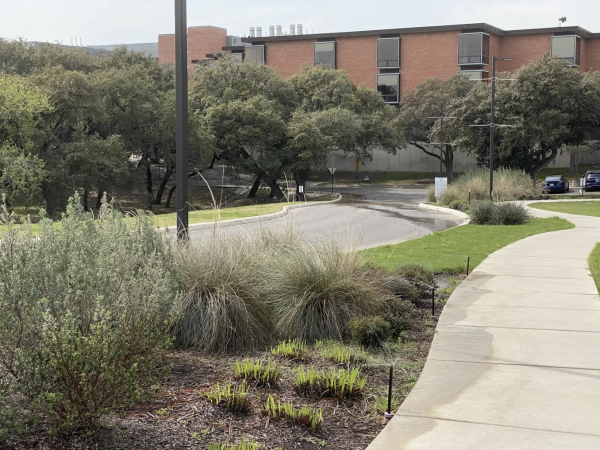$10,000 is not enough
Student loans are a beautiful, ugly thing. Without them, our college experiences would be a lot different, if we had them at all. How many less teachers, doctors, social workers, scientists would there be if we didn’t have the chance to get an education, even when we couldn’t pay for it all? But how many more teachers, doctors, social workers, scientists would there be if a successful career didn’t require wealth or the crushing weight of debt?
The Biden administration announced a debt relief plan meant to address the burden of federal loans exacerbated by the pandemic on Aug. 24. The Department of Education will cancel up to $20,000 of debt for Pell Grant recipients and up to $10,000 for non-Pell Grant recipients. All borrowers benefitting from this cancellation must earn an income of less than $125,000 a year. For all borrowers, the pause on federal loan payments has been extended to December 31, 2022.
This is not the solution to the crippling debt crisis. This is not how we as a country say we value education. The price of a college degree needs a markdown, and students should not have to sacrifice decades of financial freedom in order to hold a diploma.
Reactions to Biden’s plan vary widely, from supporters lauding his commitment to what was a campaign promise and Facebook grandparents complaining that young people are too lazy. Most of these takes fail to address the main problem: the cost of college to begin with. Not how much debt Biden decides to cancel, and not how hardworking students are. Even the hardest working students will struggle to find a job that pays enough to completely offset the cost of tuition.
It is totally realistic to take out tens of thousands, if not hundreds of thousands, of dollars in loans in order to go to college. Borrowing money seems to knock down barriers for low-income students who can’t pay tuition all by themselves. But at some point, that money must be paid back. Interest tacks on more digits. Monthly payments add up. Without a high-paying job, the mountain of debt can be insurmountable, and the future that a degree should’ve opened up is at the whims of paying it all back.
When wealthy students are able to skate through college without accruing debt while some rely on government aid, the high cost of college becomes a form of socioeconomic discrimination. Merit scholarships, while generous, aren’t infinite at hand, and having an impressive GPA, ACT score and résumé also depends on a student’s school district. Those in underfunded schools will often have less opportunities to show off to a college and can end up with a higher price to pay. After graduation, loans lose their magical tuition-paying quality and become another financial burden students must shoulder.
All of this is not to say we, as students, have a solution. Some of us want free college. Some of us think an increase in minimum wage and a decrease in tuition could do the trick. Some of us think federal loans are a reasonable solution, with canceled payments during extenuating circumstances. But all of us would benefit from less debt, less barriers, less worry about future stability. The more financial weight we carry when we’re supposed to be at our academically brightest and most curious, the less energy we have to come up with the answers. All we have to say is that something must give, something more than $10,000.

I am a senior French and Earth Systems Science double major from St. Louis, MO. When I'm not wearing my EIC hat, I am also a Chapel | Spiritual Life Fellow,...




